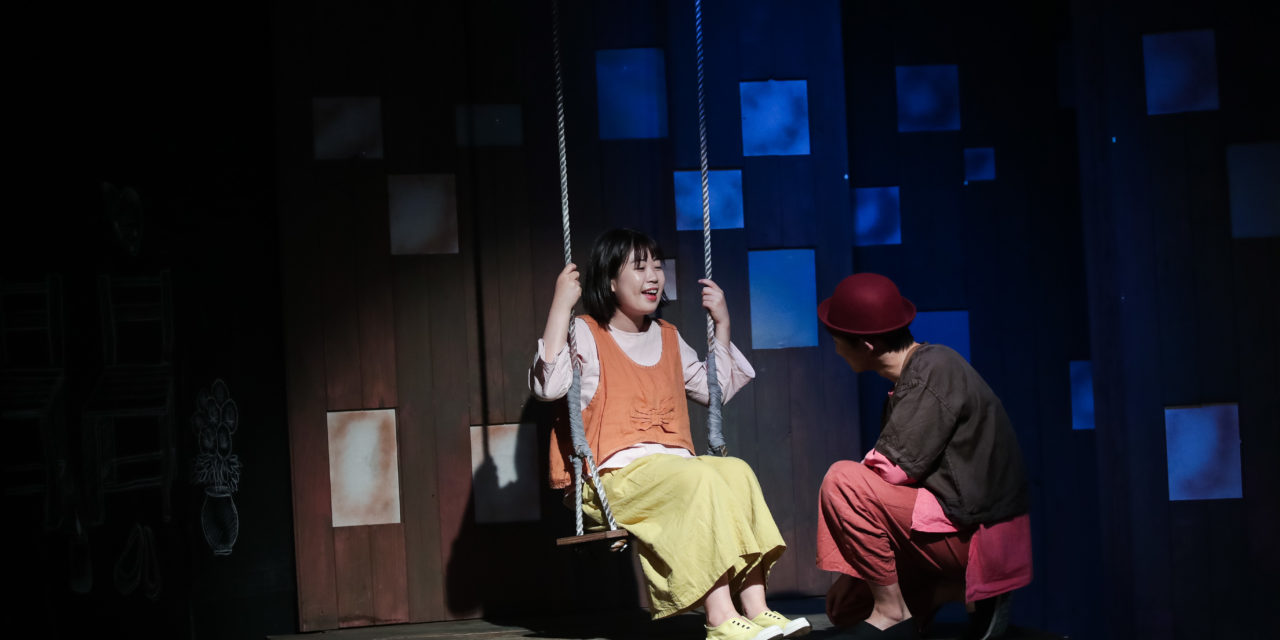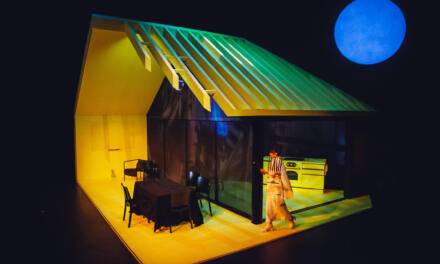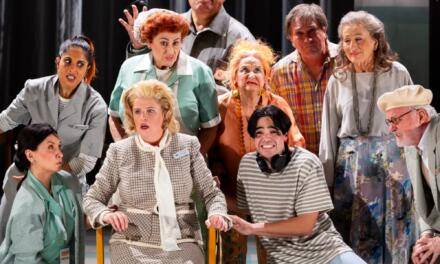Busan. Once a small, quiet town and the Joseon Kingdom’s first open port, it changed completely in the Japanese colonial era. The city expanded rapidly, serving as Imperial Japan’s foothold into the Korean peninsula. Japanese culture inundated the streets. But frankly, that culture soon became another facet of Joseon.
If Busan’s destiny changed when the harbor opened to foreign interests, it flourished during the Korean War. War refugees flocked to the city, including high officials, intellectuals, artists, and industrialists. Of course, there were also ordinary citizens and foreigners from every corner of Korea seeking freedom and survival. They depended on Busan for safety. And in return, they built the city.
This is the history of Busan. Japanese colonialists landed, bringing modernity with them. That, in turn, attracted Joseon’s entrepreneurs, followed by war refugees during the Asia-Pacific and Korean Wars. Some of these refugees stayed, cultivating a new hometown to replace the one that they lost forever. Busan bloomed into the second largest city in South Korea.
Yet a shadow always hangs over the cityscape. Busan wears the scars of modern Korean history. Most notably, it carries the deep wounds left by the conquering Japanese. Those wounds turn into nightmares that torment lives to this day.
The Musician And The Girl (Theatre Company Ilteo, July 5–23, 2017) focuses on one incident in the maelstrom of twentieth-century history. The piece highlights the city’s culture and historic locations, as well as the memories of Busan’s residents. However, the production does not limit itself to the “local color” of its urban setting; it explores feelings of pain and devastation that are universal to all Koreans. While rooted specifically in Busan, The Musician And The Girl is also about the Japanese annexation of Korea and the Asia-Pacific War, as well as the dominant emotional experiences of these historical periods.
Living Statues
You can still feel traces of the past in areas of Busan once populated by refugees. The Forty Steps in Joongang-dong is such a place. Houses in Gwangbok-dong and Nampo-dong (now Youngju-dong) cut into the neighborhood’s steep hills. The many hillside roads also reflect the geography. A landfill looking over the Jagalchi fish market occupies what used to be Bon-jeong and Nambin-jeong, blocks developed by Japanese prospectors.
The Forty Steps is emblematic of Busan’s unique urban planning, where buildings had to accommodate the many foothills. The area surrounding the staircase was an unregistered refugee zone before it earned the nickname, no different from any other hilly street in Busan. But the Forty Steps changed after it was used as a backdrop in the 1999 Korean movie Nowhere To Hide. It was still a nostalgic place for older Koreans who remembered the war with sadness, but it also became a minor sightseeing spot for younger fans of the stylish crime film. Soon after, the Busan Department of Tourism designated the Forty Steps as a “Historic and Thematic Street,” and erected a handful of bronze statues that reflected the area’s history as part of their development project.
In The Musician And The Girl, a group of statues—The Musician, The Locomotive, The Water-Hauler, The Rice-Puff Man, and so on—become witnesses to an unfolding event. [Translator’s note: A photo gallery of the actual statues can be viewed here.] The play relies on the “magic if” of theatre; the rule is that existing statues can stretch and act like living beings for three days whenever a new statue joins them. This conceit allows them to become active, emotional characters in the story. Like movie mannequins or museum exhibits come to life, they wake up one day and glance at the folly and sadness of the world. It may seem a bit too fairytale, but this imaginative spirit allows us to see ourselves from an outside perspective.
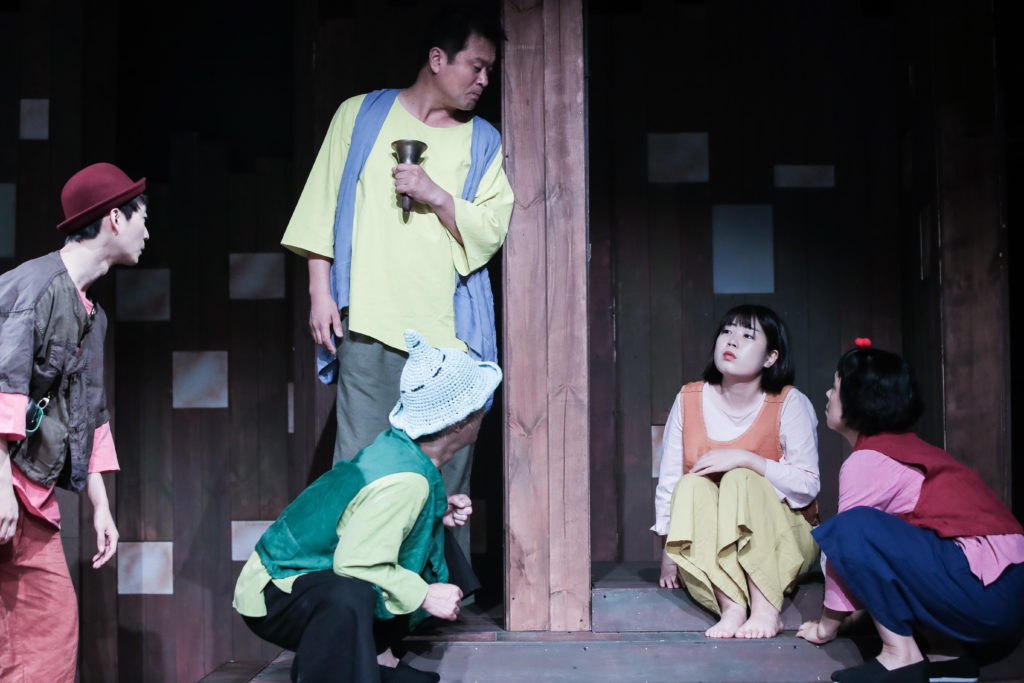
The Musician And The Girl. Photo courtesy of Theatre Company Ilteo.
Learning what caused them to wake up is not pleasant this time around. The guardians of the Forty Steps gain life for three days, life that is more precious to them than anything else according to the rules of their world. However, they are unable to leave their stations or enjoy their brief freedom. The new bronze statue depicts a barefooted girl. The others cannot ignore the anguish of countless young women that led to this statue’s creation.
Pain and Healing in the Girl’s Past
How much do we understand the story behind the statue of the barefooted girl? How much do we understand the history of women forced into sexual slavery during the Asia-Pacific War, the so-called “Comfort Women?” We may know that these women were dragged off unwillingly, and subjected to atrocities that no woman, no human being should have to face. We may remember the women—once adolescent, now elderly—who courageously resisted Imperial Japan’s wrongdoings. We may hold dear the valuable lessons that they saved from the brink of oblivion and bestowed upon us.
But we may not fully grasp the day-to-day lives of these women beneath grand ideas and ethics. We may recall a scene or two from TV dramas such as Eyes Of Dawn or the recent film Spirits’ Homecoming. Still, few people hold on to the image of these women with their backs turned to the world.
The Musician And The Girl brings something new to this narrative for us to think about: the lives of Comfort Women when they returned to Korea after the war. The play sheds light on the factors that dominated their postwar lives. The living statue embodies historical trauma. Since statues themselves allow us to remember someone, the play itself becomes a symbolic memorial statue, built out of fragments of memories.
The play begins when the statues come to life. As I said before, the new statue is of a young, fragile girl who has taken off her shoes, designed to stare solemnly into the eyes of her beholders. The new statue sets the others in motion. The Musician wants to sing and the Rice-Puff Man wants to fulfill the orders that he’s missed. The Water-Hauler wants to go out into the world and the Locomotive wants to run.
Their urges represent the chaotic world rushing by while the fallout of the Japanese Army’s Comfort Women program lingers in the corners of our society. We want to get on with our lives, but sometimes, we must forego our desires when faced with the burden of doing what is right. The statues no longer want to move around freely when they see that the newcomer is a Statue of Peace, a symbol visible in various locations in and out of Korea protesting the Japanese government’s ongoing denial of the victims. They can’t just let the Girl’s soul wander, searching for safety. So they take on the responsibility of seeing the young woman home.
The process of finding the Girl’s house—where she lived with her mother before she was taken by Japanese soldiers—is a neglected chapter of modern Korean history. We learn about her past. The Girl is taken out of Joseon after she is tricked by a broker she meets on a train. She returns many years later after enduring years of abuse and degradation. She is no longer an adolescent. But even after Independence, Korea is roiling in political chaos, including Busan. The Girl must provide for herself now, but she cannot find a place to live even in her mother country. As in history, the statue has trouble finding her place.
Someone kindly offers help. A man named Dong-ju falls in love with the Girl, whose name we learn is Kyung-ok. The head of a small gang, Dong-ju dreams of escaping his criminal life and living happily with Kyung-ok. But that dream doesn’t last long; their marriage hits an insurmountable obstacle. When he learns about Kyung-ok’s past, Dong-ju leaves her even though he knows that it wasn’t her fault.
Dong-ju tells himself repeatedly that Kyung-ok didn’t ask to be a Comfort Woman. Regardless, that painful past devastates their home like a plague. But how much can we single out Dong-ju’s callousness? Currently, Korean society is coming together to help these victims of sex slavery. But for a long time before that, we cast a blind eye to their pain. We pried open their wounds with scalpels.
The Musician And The Girl sheds light on a time when Comfort Women had to hide after they returned to Korea. Japan is undoubtedly the main perpetrator of this crime, but Koreans who failed to understand these victims and pushed them out of the bounds of everyday life are also aggressors. Today, we lay flowers before Statues of Peace and share their pain. But in the past, these women were treated as unacceptably “sullied.”
The statue of the girl is not here only to condemn the Japanese. It also reproaches us, our disregard and prejudices towards these women. The Musician And The Girl calls attention to our implication in their victimization, an unwelcome truth. But unless we own up to our failures, these barefooted women cannot safely return home.
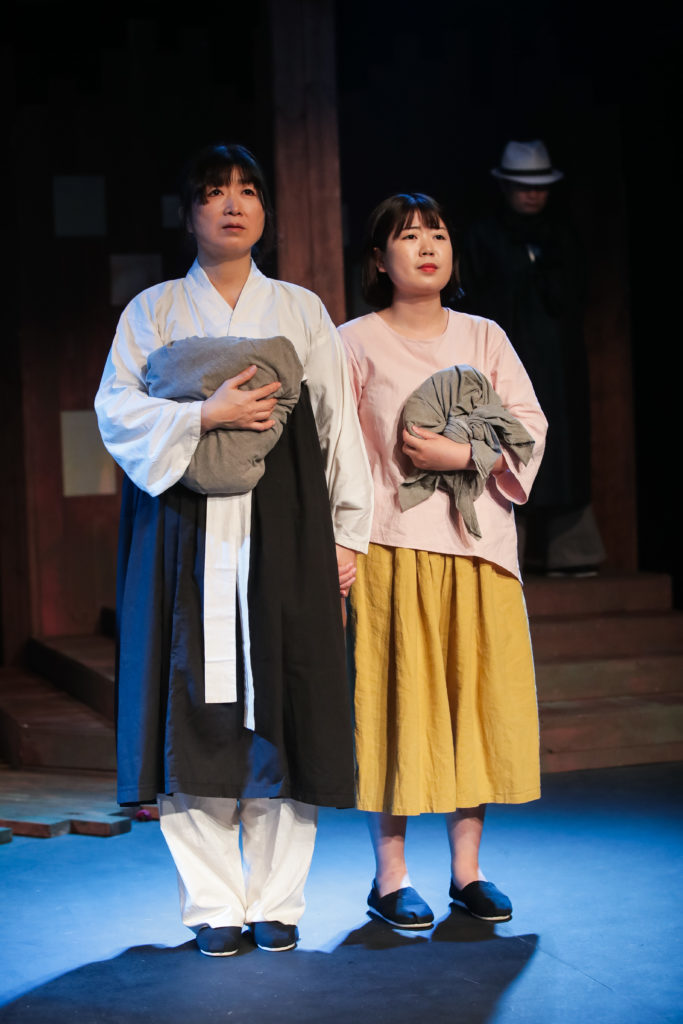
Where History and Locality Meet
A specific location has the power to turn history into actual lives. History tells us that Busan opened Korea to the world. It was the South’s last bastion during the war. It was a city of suffering. But in the past, stories set in Busan were too tied to locality to provide a larger picture. They couldn’t serve as critical sites that could harbor the experiences and perspectives of many.
This production shares some of those limitations. Location is often a marginal interest in theatre; unsurprisingly, it rarely becomes the central theme of a play. But things change when locality serves as the specific backdrop for a universal story that exceeds those geographical boundaries.
The Musician And The Girl is a production that relies on the audience’s foreknowledge of Busan. You have to know the history of the Forty Steps area and the story behind the bronze statues there. You have to know the feel of the harbor, the history of the push north to retake Seoul, and the existence of the women who returned to Korea after Independence. When these local effects and interests meet a historical record in the form of the Statue of Peace, fragments of history coalesce into a story about all Koreans.
If the Girl is a concrete historical record, the Musician represents Busan citizens’ responses to this history. As a play that merges history and locality in a meaningful way, The Musician And The Girl deserves more critical attention.
Kim Namseok teaches theatre and film at the Department of Korean Language and Literature, Pukyong National University. He is committed to establishing Busan’s place in the larger Korean theatre scene.
Translated and edited by Kee-Yoon Nahm.
This article was originally published in Korean Theatre Journal, the official journal of the International Association of Theatre Critics – Korea. Reposted with permission.
This post was written by the author in their personal capacity.The opinions expressed in this article are the author’s own and do not reflect the view of The Theatre Times, their staff or collaborators.
This post was written by Kim Namseok.
The views expressed here belong to the author and do not necessarily reflect our views and opinions.

